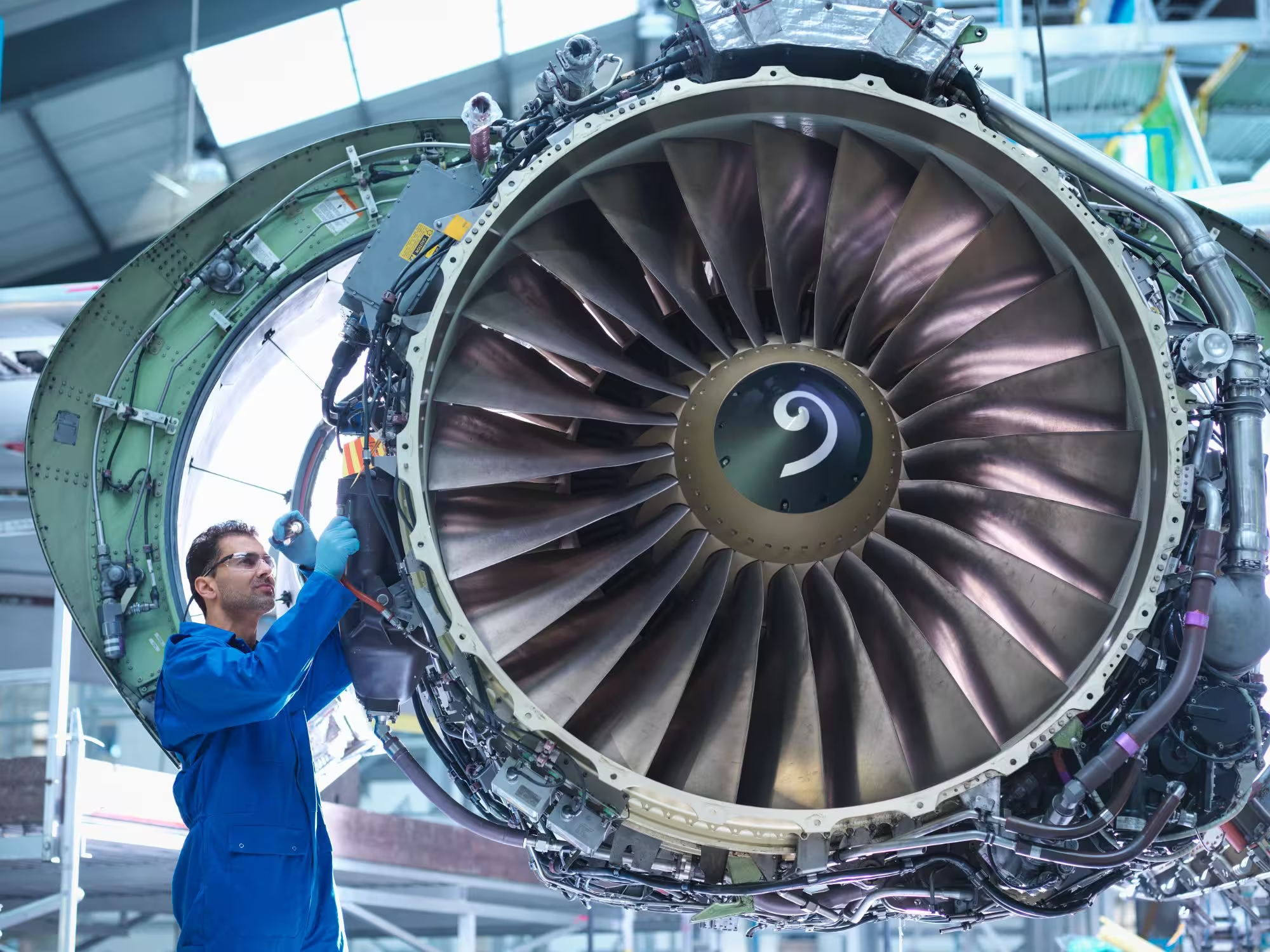HydrogEn combuSTion In Aero engines

Decarbonizing aviation is essential to combating climate change, yet it remains a significant challenge. Current combustion chambers are burning hydrocarbon fuels, such as kerosene or more recently emerging sustainable avation fuel (SAF) products. Hydrogen is widely regarded as a promising new energy carrier, but its use presents entirely new challenges that must be carefully understood and anticipated.
HESTIA specifically focuses on increasing the scientific knowledge of the hydrogen-air combustion of future hydrogen-fueled aero engines. The related physical phenomena will be evaluated through the execution of fundamental experiments. This experimental work will be closely coupled to numerical activities which will adapt or develop models and progressively increase their maturity so that they can be integrated into industrial computational fluid dynamics (CFD) codes. Key objectives include enhancing the scientific understanding of hydrogen-air turbulent combustion, which involves studying factors such as hydrogen’s preferential diffusion, changes in turbulent burning velocity, thermoacoustics, NOx emissions, and the adaptation of optical diagnostics. Another focus is the evaluation of innovative hydrogen injection systems for optimized combustion chambers, where issues like flashback risk, lean blowout, stability, NOx emission reduction, and ignition are examined.
To achieve these goals, HESTIA brings together 17 universities and research centers, along with the six European aero-engine manufacturers, to collaboratively and robustly prepare for the development of environmentally friendly combustion chambers in the future.
